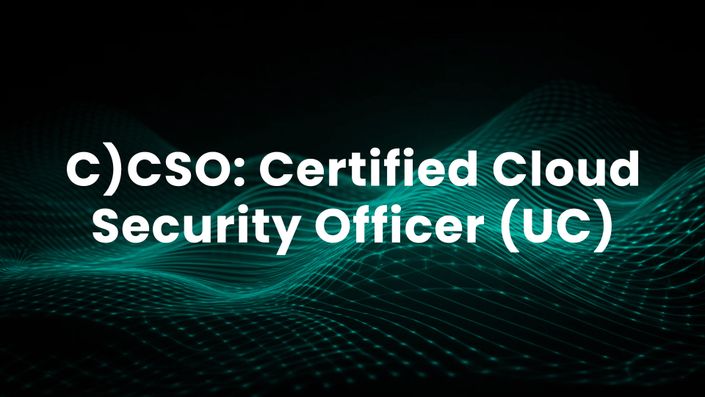Introduction
Cybercriminals use various techniques to exploit human curiosity, and one of the most deceptive methods is USB Baiting. This social engineering attack involves leaving malware-infected USB drives in public places, hoping that an unsuspecting victim will pick one up and plug it into their computer. Once connected, the malicious USB can execute harmful programs, steal sensitive data, or grant remote access to hackers.
What is USB Baiting?
USB Baiting is a form of physical cybersecurity attack where attackers rely on human curiosity or deception to compromise systems. The infected USB device may contain malware, keyloggers, or scripts that execute automatically when plugged in.
💡 Example: A hacker drops a USB drive labeled “Confidential Salary Data” in an office parking lot. An employee finds it, plugs it into their work computer, and unknowingly installs malware that gives hackers access to the corporate network.
How USB Baiting Attacks Work
1️⃣ Placing the USB Drive – Attackers leave infected USBs in public areas like parking lots, cafes, or offices.
2️⃣ Triggering Curiosity – The USB may have a tempting label like “Private Photos,” “Company Secrets,” or “Job Offers.”
3️⃣ Execution of Malware – Once plugged in, the USB automatically installs malicious software, which may:
- Steal login credentials.
- Encrypt files for ransomware attacks.
-
Install remote access tools for hackers.
4️⃣ Gaining Unauthorized Control – Hackers exploit the infected system to spread malware or launch cyberattacks.
Real-World Examples of USB Baiting Attacks
🔴 Stuxnet Attack (2010): One of the most infamous USB-based cyberattacks, Stuxnet, was used to disrupt Iran’s nuclear program by infecting industrial control systems via USB drives.
🔴 University Cybersecurity Test: A study found that 45–60% of people plugged in random USB drives they found, proving the effectiveness of baiting attacks.
🔴 Corporate Data Breaches: Many companies have reported internal security breaches due to employees unknowingly inserting infected USB drives into their workstations.
How to Prevent USB Baiting Attacks
✅ Never Plug in Unknown USB Devices
- Avoid using USB drives found in public places.
- If a USB device appears suspicious, report it to IT security teams.
✅ Disable Auto-Run and Autorun Scripts
- Configure systems to prevent automatic execution of files from external devices.
- Use security software to scan USBs before opening any files.
✅ Use Endpoint Security Solutions
- Install antivirus software that detects and blocks malicious USB attacks.
- Enable USB device control to restrict unauthorized USB connections.
✅ Educate Employees on Cybersecurity Awareness
- Conduct regular training to warn employees about the risks of plugging in unknown USB devices.
- Run cybersecurity awareness programs to test employees' responses to baiting scenarios.
✅ Encrypt and Protect Sensitive Data
- Use data encryption to prevent unauthorized access if a system is compromised.
- Implement zero-trust security models to limit access to sensitive files.
Example Curriculum
Example Featured Products
Showcase other available courses, bundles, and coaching products you’re selling with the Featured Products block to provide alternatives to visitors who may not be interested in this specific product.




